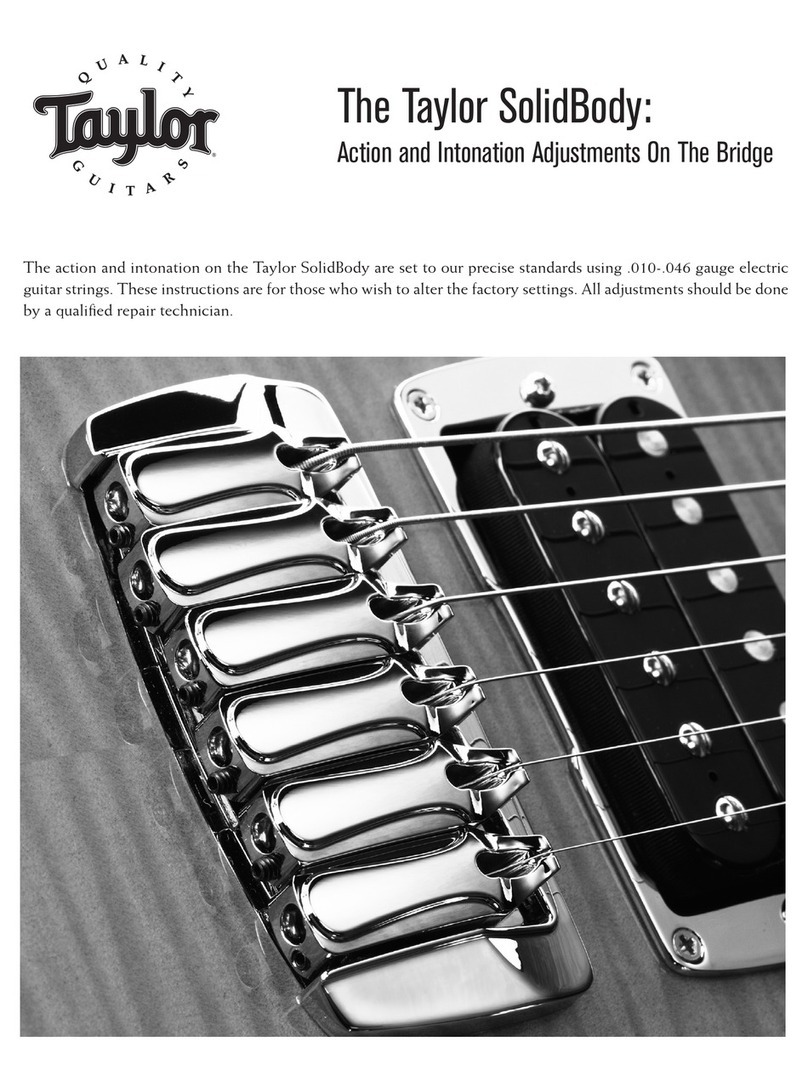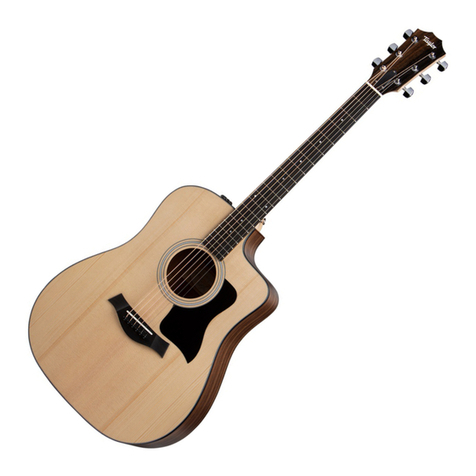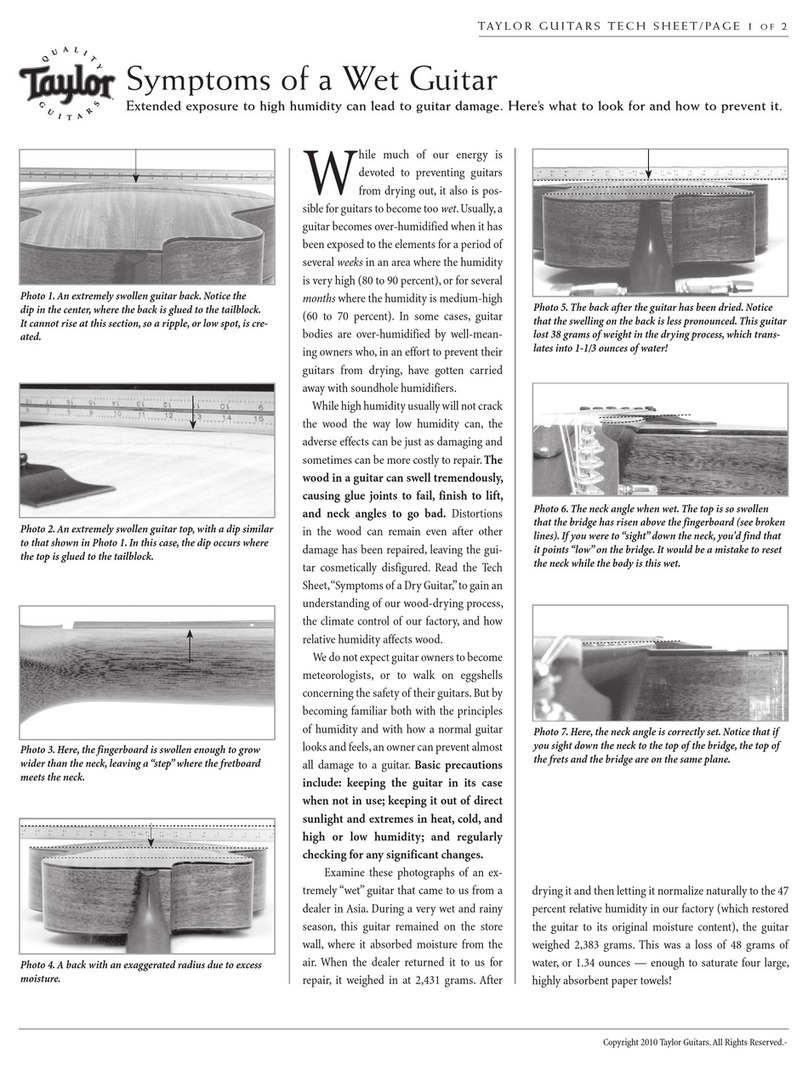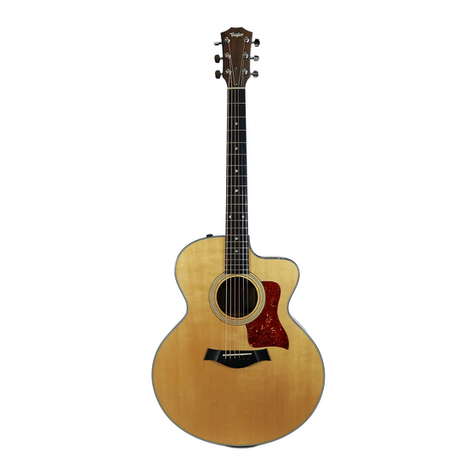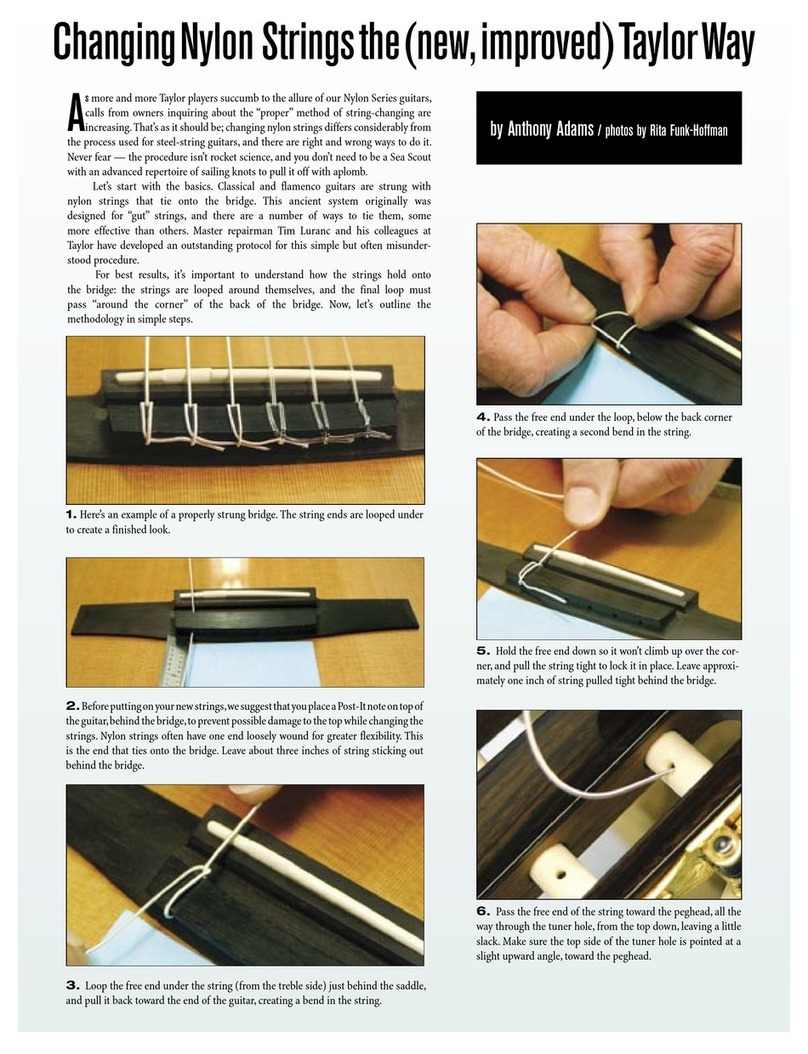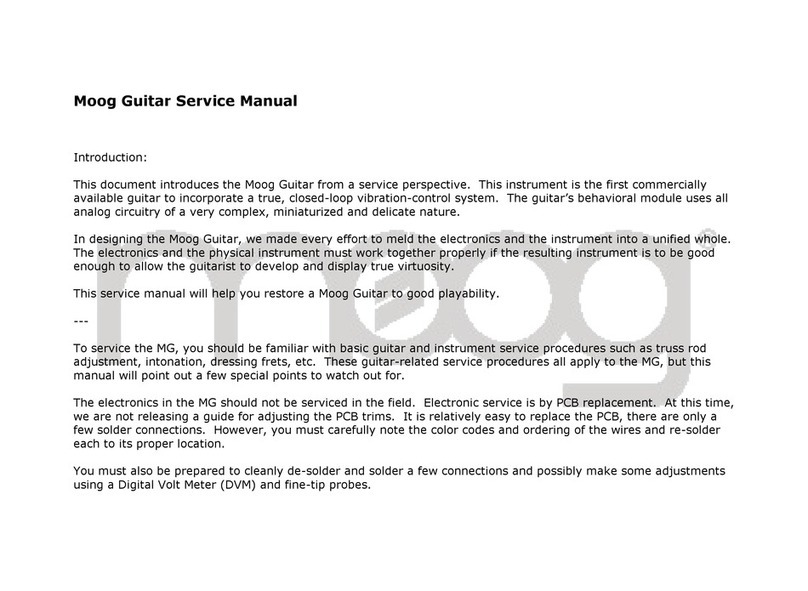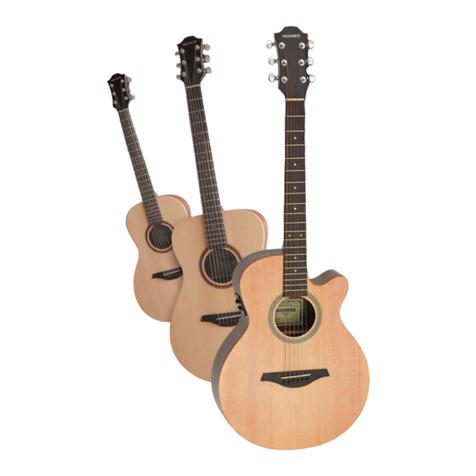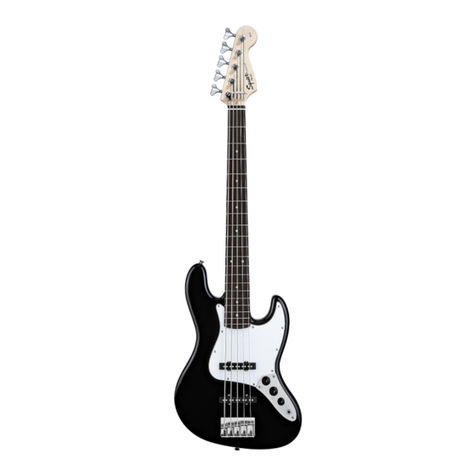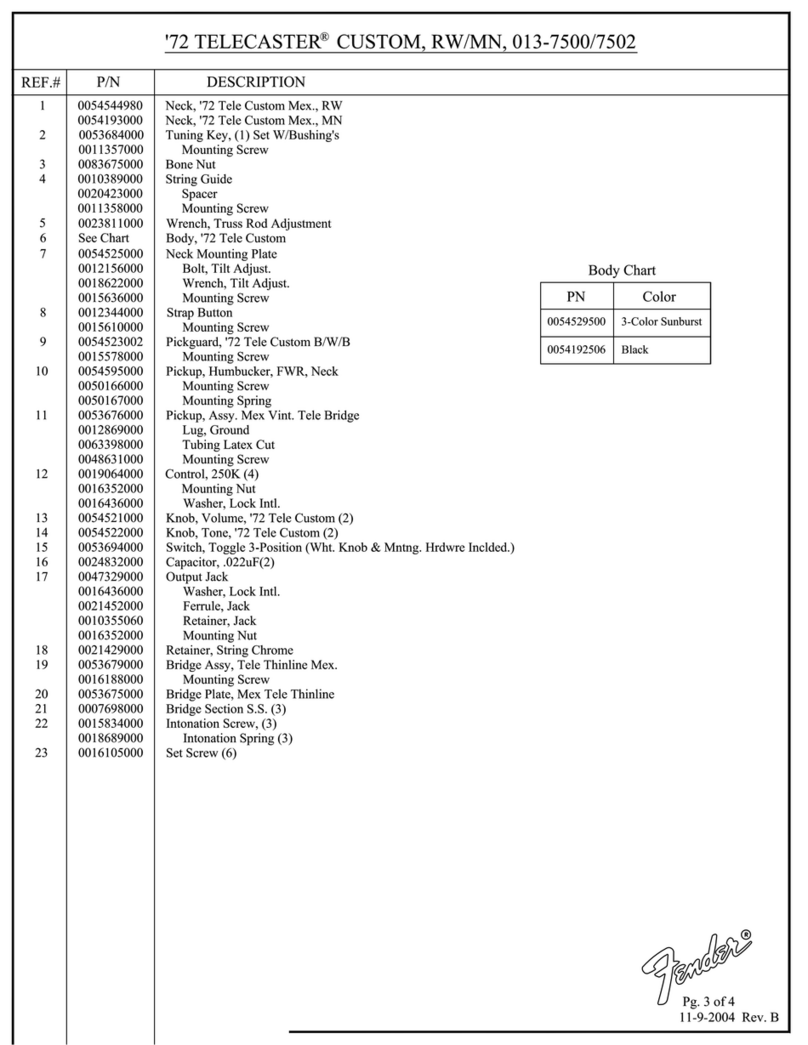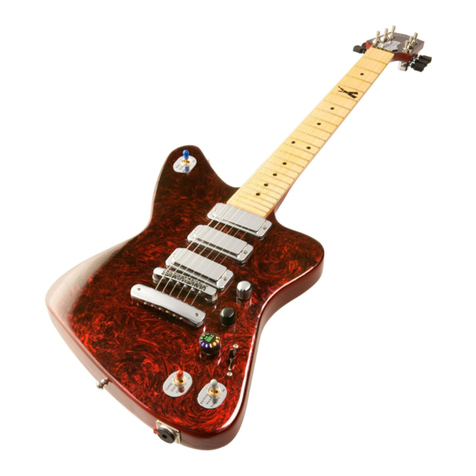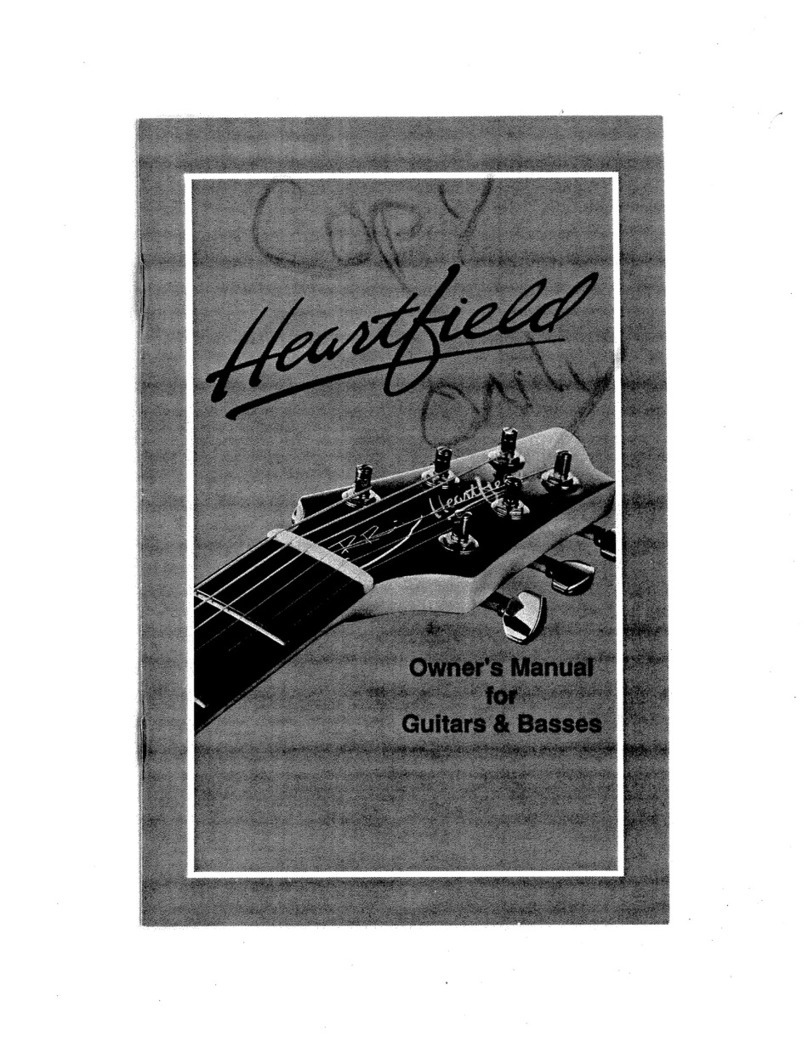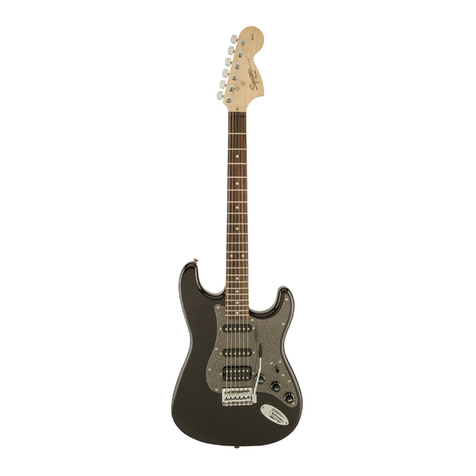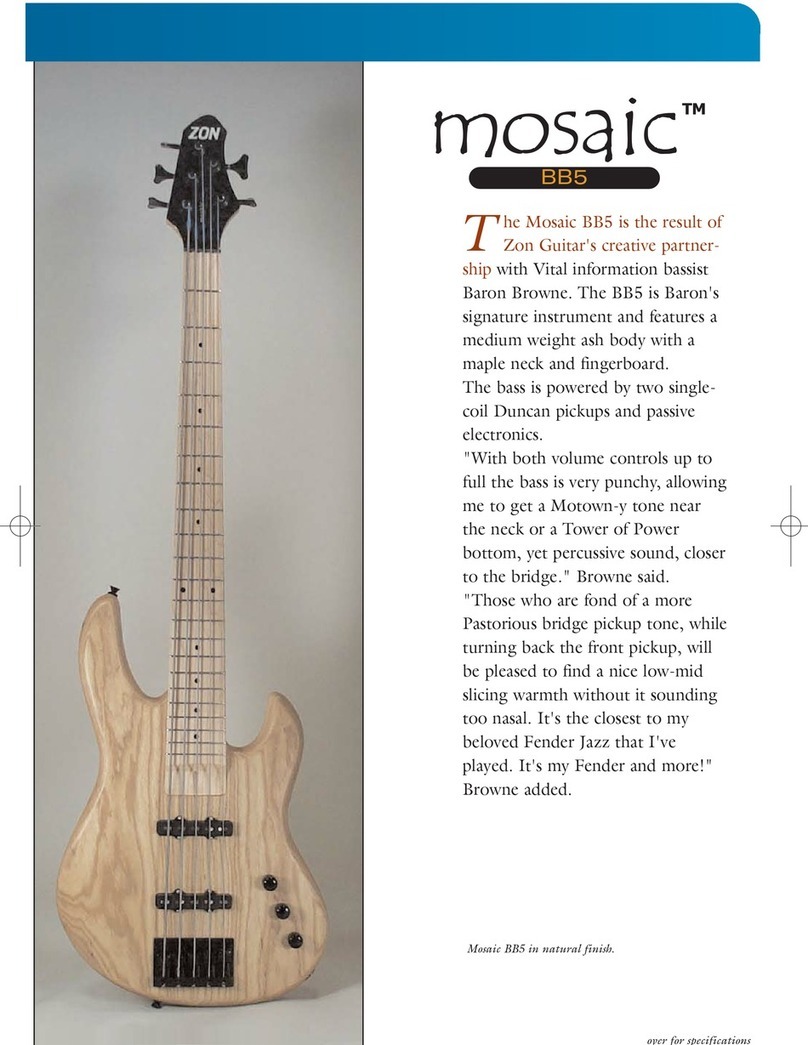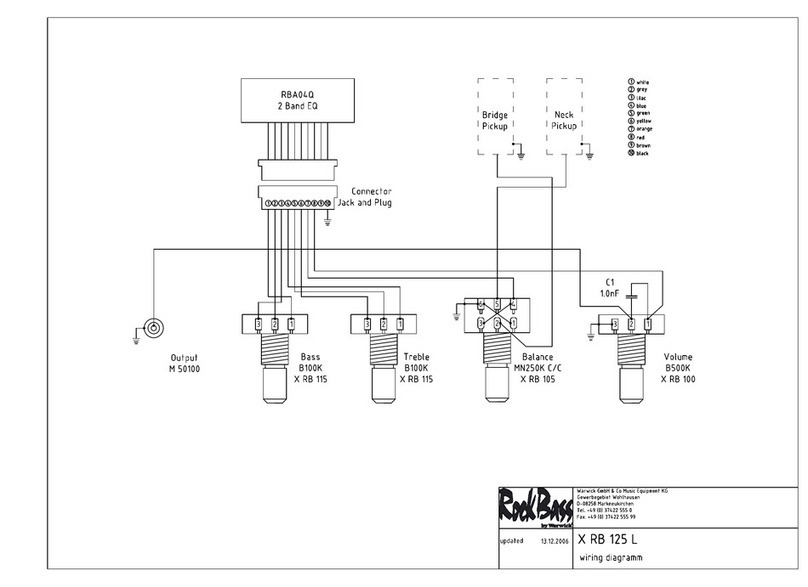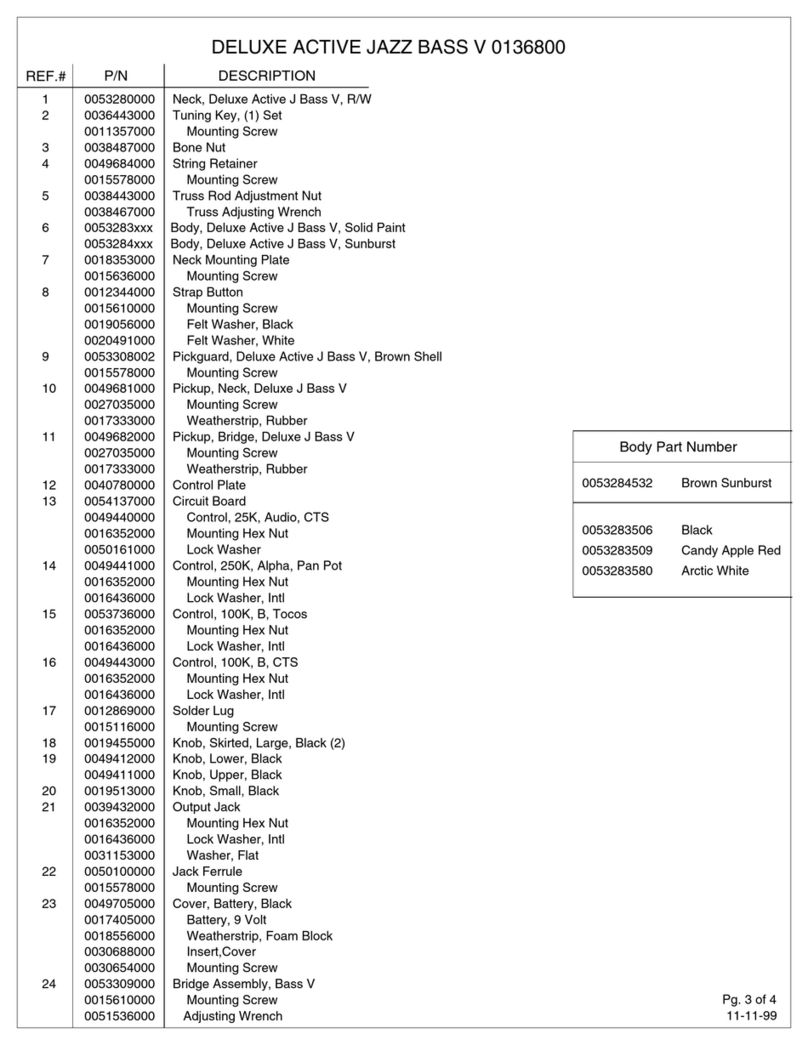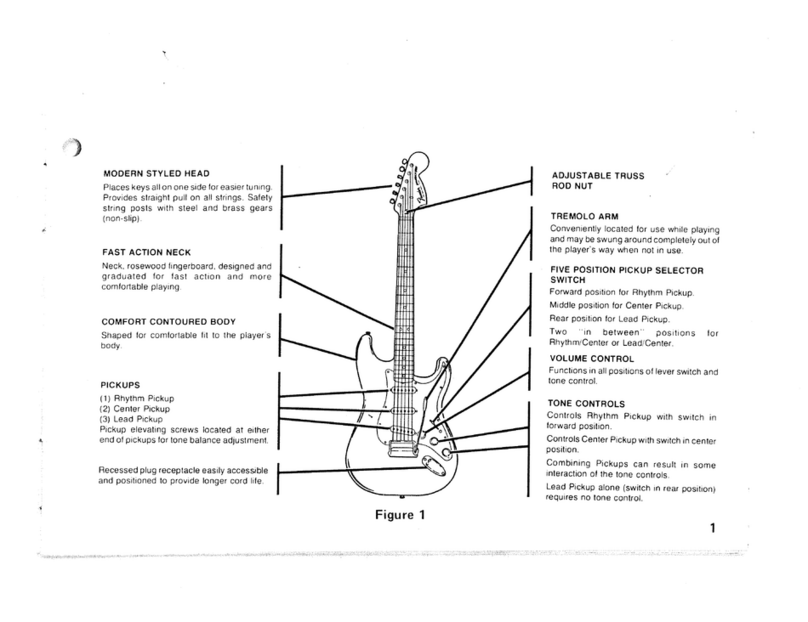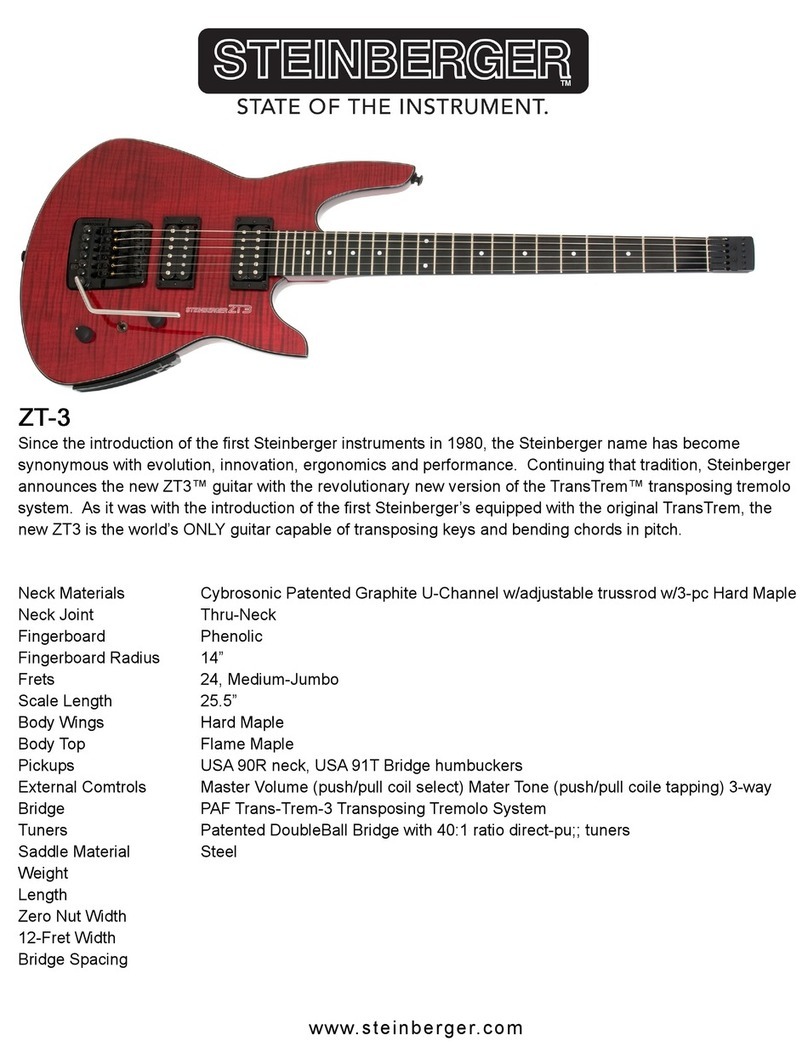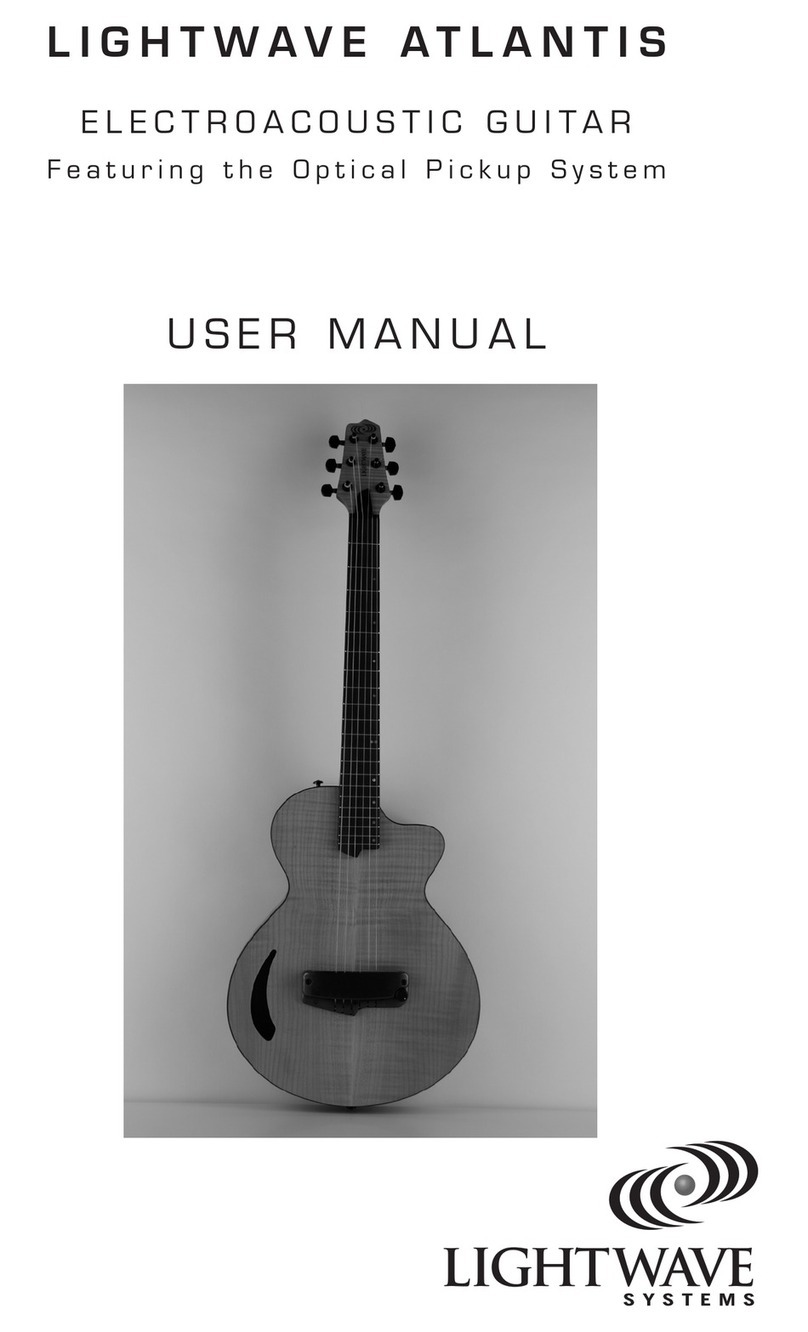8www.taylorguitars.com
His most recent studio effort, We
Sing. We Dance. We Steal Things.,
included the soon-to-be-epic hit
“I’m Yours,” which was nominated
for two Grammys last year and set
the record for the longest running
song on the Billboard “Hot 100”
Chart. The tune is also one of the
best-selling digital songs of all time
in the U.S., with more than of 4.4 mil-
lion paid downloads. Another pair of
tunes from the album recently scored
Grammy nominations: “Make it Mine”
(Best Male Pop Vocal Performance)
and “Lucky” with Colbie Caillat (Best
Pop Collaboration with Vocals).
At times, Mraz’s sound suggests
a more caffeinated, rock-centric
version of breezy jazz-pop singer-
songwriter Michael Franks, whom
Mraz cites as a musical influence (he
points to Franks’ 1976 album The Art
of Tea as an inspiration). But Mraz
brings more of a street/beat poet and
hip-hop sensibility to the party, as he
assimilates an array of musical flavors
into his world: jazz, funk, reggae, soul
and Latin music, each of which inject
unique rhythmic accents to his fluid,
mellow-rock vibe.
Seeing Mraz perform is to experi-
ence the fullness of his multi-pronged
artistry. His nimble, crystalline tenor,
his melodic and rhythmic sophistica-
tion, his strong pop instincts, and his
ability to unleash a sonorous gush of
lyrical wordplay together all coalesce
into a soulful groove on stage. His
music has a certain lightness to it
that’s conspicuously devoid of ste-
reotypical rock ‘n’ roll angst or brava-
do. On stage, he’s playful, funny and
spontaneous. He has a good time
messing with his persona: part hip-
ster geek, part street performer, part
ladykilling balladeer. Mraz innately
understands music’s power to uplift
and empower people, along with his
own ability to use his songwriting
voice to make soul-nourishing music.
It’s a testament to his songcraft that
his music connects not only in a
coffeehouse but at a huge festival.
Through his world travels and diverse
musical experiences, he says he’s
gained a greater appreciation for a
universal desire among audiences
everywhere: They want to be happy.
And through music, happiness is
exactly what Mraz delivers.
At the Taylor factory, Mraz took
time to talk about the way his Taylors
inspire him, the concepts behind his
signature guitar’s inlay designs, his
techniques for keeping songwriting
fun, and why “I’m Yours” became the
hit it did. Soft-spoken, thoughtful and
articulate, Mraz makes it clear that his
musical journey is part of a deeper
spiritual journey.
Do you remember your first Taylor
experience?
The first Taylor I ever purchased I got
from a local artist who had upgraded
and didn’t feel the need to hold onto
her guitar, so I acquired a 612ce,
and I was still kind of exploring in my
guitar playing. At that time, I think
I’d been playing for like six years
and had gone through probably six
or seven guitars, all different makes
and models, different sizes, shapes.
I stumbled upon this little 612 and
it just rocked. It was built in ’95, I
believe, so it was pretty old — it was
at least five years old at the time I
purchased it. Nice and worn in. It just
worked with what I was doing; I really
connected with it. And in buying that
guitar, I realized that Taylor was a
San Diego company, and the guitar
was built in San Diego. I’d been liv-
ing in San Diego for a little bit of
time, and here was this guitar that
suddenly was working with the songs
I was writing and the way I was per-
forming. It was a mellow guitar but
very true — in fact, I don’t think it had
any controls on it; you’d just plug in
and go. It was pretty amazing what it
could do.
You have a couple of other models
on the steel-string side. Was the
714ce the next one you acquired?
I think I experimented for like a month
with a 9 Series. I took it on the road,
and it was such a nice guitar I was
a bit nervous to bring it on the road.
And I found the 714 was a great
compromise to the grandness that
was that guitar, but it had sort of a
road-ruggedness that I could tear up.
I’d also started playing with a band
and went digging in a little more, so
I left the 612 at home after a while
and was playing the 714 with a little
bit bigger body.
You’re a fingerstyle player, but
especially when you’re playing on
stage with a band, is it primarily
still fingerstyle, or are you doing
some strumming?
Back when I was playing the 714 in
my shows, I was definitely using a
pick, and then I would throw the pick
and use my fingers and reach into my
pocket and grab the pick again, and
it was kind of messy. I hate to tell
guitar players what I was doing be-
cause I don’t recommend it, and I
look back — in fact I was playing my
714 last night and they should put
the pickguard up here [above the
soundhole] because how I was play-
ing with a pick was digging in at the
top. So, it was a little bit of every-
thing. I had picked up a nylon-string
to bring to my show for one song,
and just having that guitar around
I started to play it a lot more. And I
found that I could still do the strum-
ming, the digging in, and go right into
picking, and basically all the dynam-
ics that I liked with the 714 I could
still get out of the nylon-string. All I
needed to do was put some acrylic
on my nails, so I had four guitar picks
on my fingers. I could get that soft
sentiment, that really mellow, liquidy
tone that I really love about the nylon-
string, but I could also get really
rhythmic and percussive instantly,
without changing guitars and without
changing picks or any type of pat-
terns. It took me a little while to figure
out, but it’s definitely something I
don’t think I’ll stray from.
So these days, are you performing
primarily with the nylon?
Yeah. In fact, the last tour I didn’t
even take the 714. It was the first
tour where I only took two nylons
with me. I took two because one was
going to be in an alternate tuning
[DADGAE]. So the whole show was
played pretty much with just this.
One or two songs I’d switch it up
with the alternate tunings, but that
was it.
The nylon has such a different
flavor from a steel-string. When
you started playing nylon more,
did you feel like you were writing
in different ways, that you were
responding to the guitar’s tonality
in a different way?
Absolutely. When I would write with
the nylon, something about it and the
voicings I would use — the mellow
tones of the nylon — it just opened
up a whole new channel for songs.
I guess when I had the larger steel-
string 714, I feel like I had to work
a little harder. So, the nylon was
more of a feeling that I got, but it
nurtured a whole album’s worth of
songs. It made road life a lot easier.
It just gave me this way to commu-
nicate with the audience without a
guitar standing in my way. It felt like
it was a part of me, it was a part of
the energy that I wanted to put out
there. But it still drove it home when
I needed to drive it home. I could still
play the big rock and pop songs with
the nylon.
Let’s talk about your signature
model. It’s based on the model
you’ve been playing, an NS72ce.
What’s nice about the signature is
being able to add your aesthetic
to it. Can you explain the fretboard
inlay and the rosette?
Well, I didn’t touch the design of the
guitar because the NS72 is great.
Cosmetically I added my “Be Love”
symbol, which I recently got tattooed
on my arm, so in a sense…maybe
I’ll add frets to my tattoo. This is a
design I saw repeated over and over
from hieroglyphs to various denomi-
nations using it in art, and I choose
this symbol simply because I want
to be whole in mind, body and soul.
I think that’s a divine trinity there.
What is “Be Love” but cutting out the
middle man. You don’t have to have
a certain someone to be loved. You
don’t have to have certain conditions
to have love in your life. You can just
be love. So, it’s basically a practice
of unconditional love, a practice of
unabashed generosity. You can’t be
love and have a bad day. You can’t
have a bad mood. If I’m committed to
being love, I have to show up every
day, and I really like that. It creates
me as bigger than I’ve ever chosen
myself to be in my life. And every
song I write is based on love, no mat-
ter what kind of song it is. So that’s
why I brought it into the guitar.
The rosette is based on one of my
favorite Mucha paintings. [Alphonse
Mucha, 1860-1939, was a Czech
art nouveau painter and poster
designer.] Mucha was pretty much
the inventor of graphic design; he did
it all by freehand. In fact, most rock
posters today can be traced back to
Mucha. He did original designs for
opera, stage shows, cabarets back
in Paris and throughout Europe. One
of his designs is called “Zodiac,” and
it embraces all different astrological
and zodiac signs. And that’s another
thing that drives me: I’m always look-
ing into the cosmos to inspire me or
to help me create my schedule even
for tours and for when I’m going to
write and what I’m going to do. So,
everyone can relate to this because
your zodiac sign is going to be in
the rosette somewhere, in the per-
son you love; all the relationships in
your life can be related to this. Every
chart pretty much in the history of
calendar making comes down to a
circle, and the rosette is here for us
to put ourselves into the universe.
So, I thought it was beautiful. We just
today looked at having bloodwood
underneath the signs. It really creates
contrast, so you can see the signs;
the symbols will really pop a lot more
on the final product. [Ed. note: The
final choice was bubinga.] And that’s
basically it. I didn’t want to go too
crazy. I thought long and hard, and
you can get lost in the world of inlay.
But I honestly didn’t want to add any
more weight; I didn’t want to add
anything too strong. I still would want
any player to take it on and have their
own relationship with the guitar.
“When I would write with the
nylon, it just opened up a whole
new channel for songs.”
Jason Mraz on the
evolution of his nylon
fingerstyle technique:
“I had the pleasure of tour-
ing with Raul Midón, and
he’s the one who helped me
organize my style of playing.
Where I used to keep picks
on my knee — play and then
pick and then strum — he’s
the one who really pushed
me to let my nails do all
the work and not be afraid
of treating the guitar like a
percussion instrument. And
Raul, if you’ve ever seen
him, really goes for it. In fact,
I’ve never seen anyone play
guitar like that guy. And I
know that he has a nylon in
his arsenal, and it was right
around the same time I start-
ed playing nylon, so I wasn’t
so worried about playing soft
or just being stuck in light
picking and melody work. It
really got me to change, to
really bang on it.”
